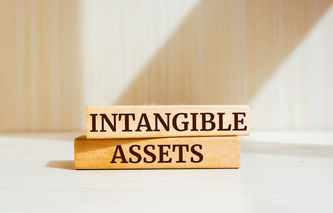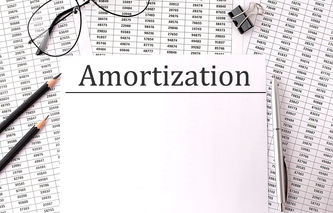Definition
The financial accounting term badwill refers to a condition that arises when the price paid for identifiable assets is lower than their net fair market value. Badwill is more likely to occur when the purchaser acquires a bundle of assets, as is the case when one business acquires another.
Badwill would be classified as an intangible asset, and reported on the company's balance sheet.
Calculation
Badwill = Purchase Price - Net Fair Market Value of Identifiable Assets
Explanation
Also known as negative goodwill, badwill results when a market imperfection occurs and a purchaser pays a price for a bundle of identifiable assets that is lower than their fair market value. This is sometimes referred to as a "bargain" purchase, since in a perfect market the price paid for the assets would never be lower than their fair market value. Badwill can occur when market outlook for a company is particularly poor, and the market price of the company's stock falls below its book value.
Accounting Principles Board Opinion No. 16, then FASB Statement 141 state the excess of fair market value over the purchase price must be allocated to reduce the values assigned to noncurrent assets (long term investments and marketable securities are exempt). Under FASB 141, goodwill can no longer be amortized; instead, companies are now required to periodically test for the impairment of goodwill.
This test involves determining the fair market value and comparing it to the carrying value. If the fair market value is greater than the carrying value, the difference would flow to the income statement, with a corresponding entry to the balance sheet. This same process would apply to badwill, with the effect of increasing net income rather than reducing it.




